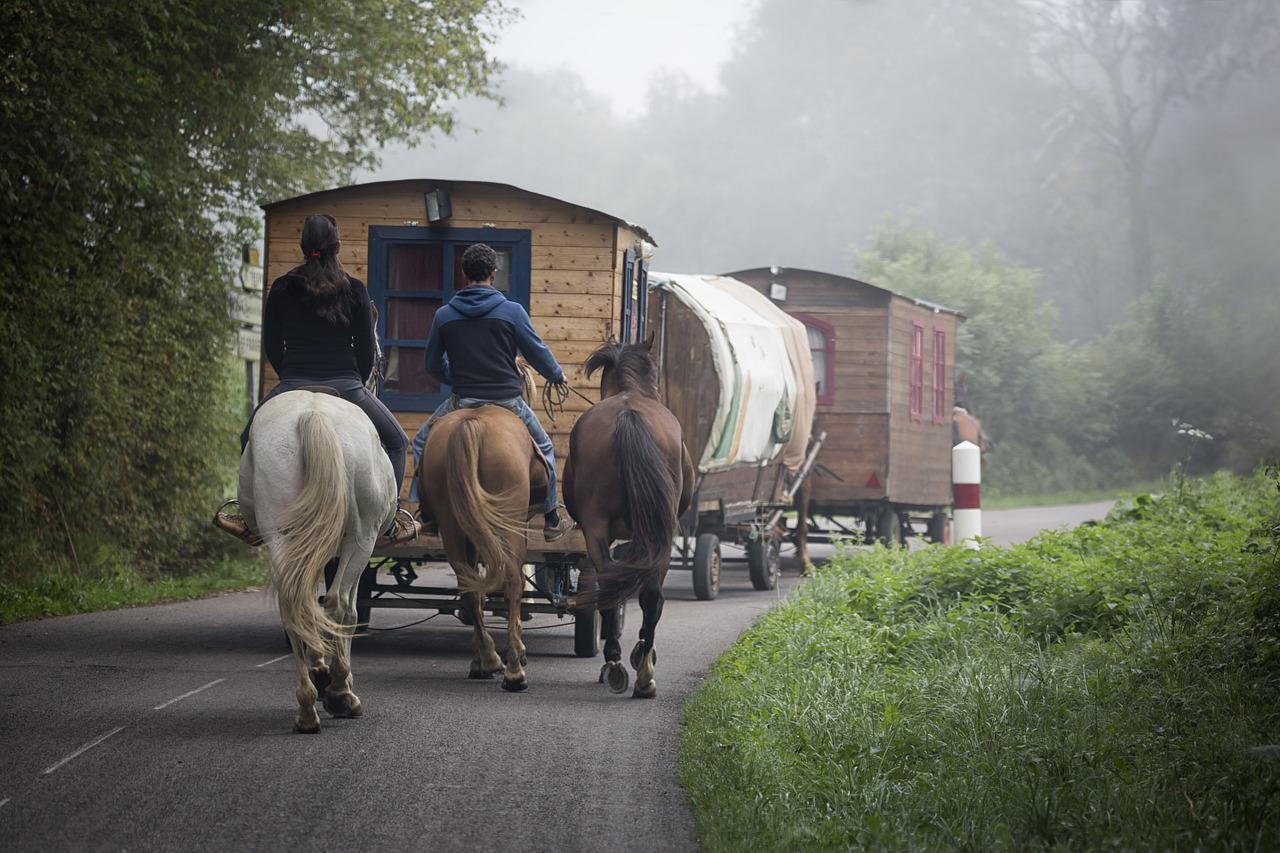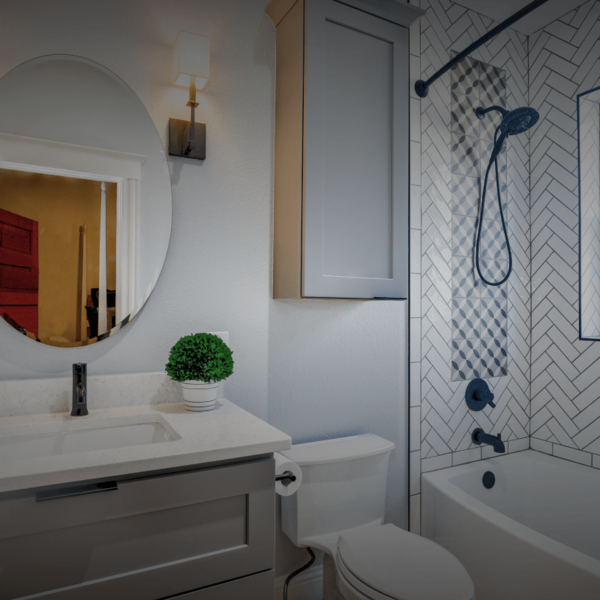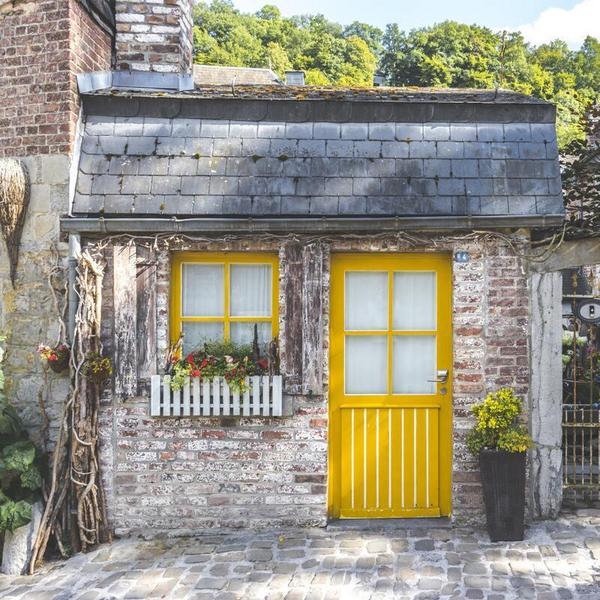How to Find Land for Tiny Houses?
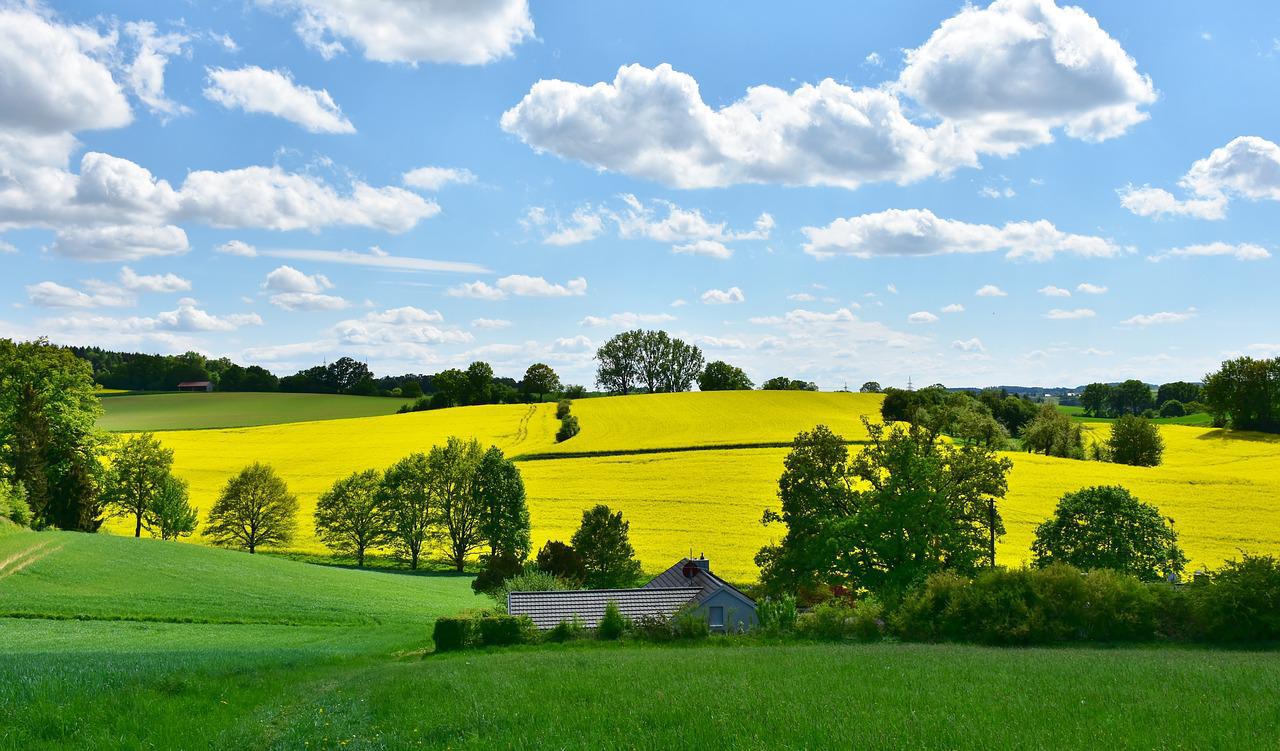
One thing that often looms large as an obstacle for those wishing to embark on the Tiny House lifestyle is concern that once you put the time, effor, and funds into acquiring your very own Tiny House, you won’t have any place to put it.
Of course, if you’re interested in a Tiny House on foundation rather than a Tiny House on wheels, the journey doesn’t even get off the ground without land (punsters, groan all you want).
In this article, I’ll be discussing the details of various options involving buying land, renting land, or buying a Tiny House already situated in place.
Buying vs. Renting Land
The first decision
The first decision to make is whether to rent or to buy land.
Why would I rent land?
Renting allows for flexibility if your Tiny House is on wheels rather than on a fixed foundation. And it allows for a change of scenery as often as you like. When you’re ready for a change or your lease is up, hitch to a truck and head down the road.
Why would I buy land?
A few of the reasons to purchase land include:
- Buying offers more security. There are no landlords involved to suddenly decide they would prefer not to continue their arrangement with you.
- It also allows more freedom to shape and use the land according to your personal needs. You can enhance the design around your home with the help of professional landscapers tailored to your taste, without needing approval from landlords.
- Buying land provides the option of building a Tiny House on a fixed foundation.
Can I choose both?
Budgeting in stages
Many of us opt to rent for a while first and then purchase property of our own later, which allows for budgeting large expenditures in stages.
A place to build
A benefit to purchasing the land first is that you won’t have to look for a separate location to do your construction, whether the Tiny House will be on a foundation or on wheels.
Customizing the design to fit the land
If you’re building a fixed structure, you can customize it to conform to the specific location on the Earth where it sits—a precept of many a talented designer.
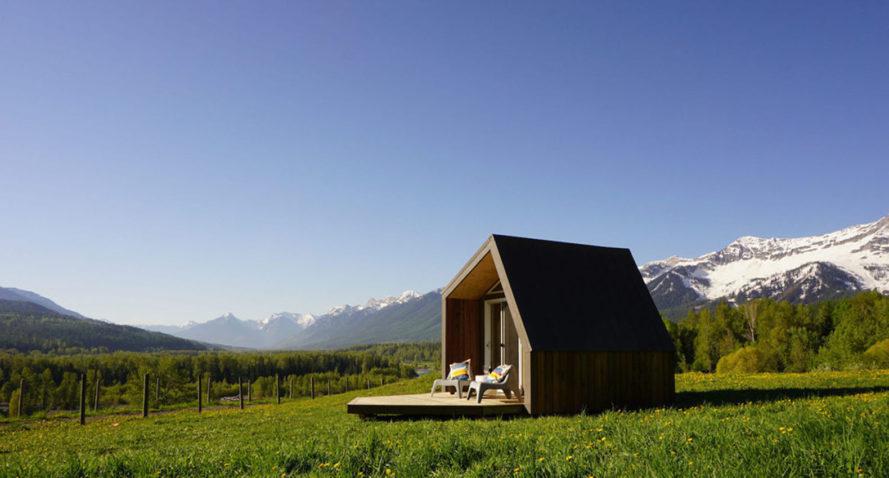
Image source: inhabitat.com
Renting Land for a Mobile Tiny House
The first scenario I’ll look at is the most common one: finding land to rent for a Tiny House on wheels. As far as factors for choosing a location, you’ll want to also take a look at the Buying Land for a Tiny House section below.
Online resources for renting a land
Thankfully, some great resources are emerging for connecting Tiny House owners with land hosts who are happy to welcome a Tiny House onto their property in exchange for rent. In some cases, you can trade for skilled labor, property caretaking, help with farm crops or ranch animals, or any other needs that the unique property owner might have.
Online resources for finding land to rent include:
- https://www.parkmybnb.com/
- https://www.tryittiny.com/
- the Tiny Houses/Land/Lots for Sale/Rent Facebook group
Mobile home parks
Do they allow Tiny Houses?
- Some mobile home parks allow Tiny Houses and some don’t.
- Some have age restrictions.
- And some require that your Tiny House be built by a certified manufacturer.
To find out whether or not your Tiny House will be allowed in the mobile home park of your choice, give them a call and do your research. Or show up in person with a photo of your stunning little home and persuade the management what an asset it (and you) will be to their community.
Benefits of mobile home parks
A major benefit to mobile home parks is that they’re set up to accommodate the RV-like systems of a Tiny House:
- You’ll be able to plug into electricity at your parking site.
- You’ll also connect your water input right where you’re parked.
- You’ll drain greywater into on-site sewer lines.
- Your black water, whether from a compost toilet or otherwise, can also be easily disposed of on-site. (This isn’t entirely in alignment with the philosophy behind compost toilets, but convenience may be your greater priority).
- Garbage and recycling services are provided.
- Internet and subscription tv services may also be included, or available for additional fees.
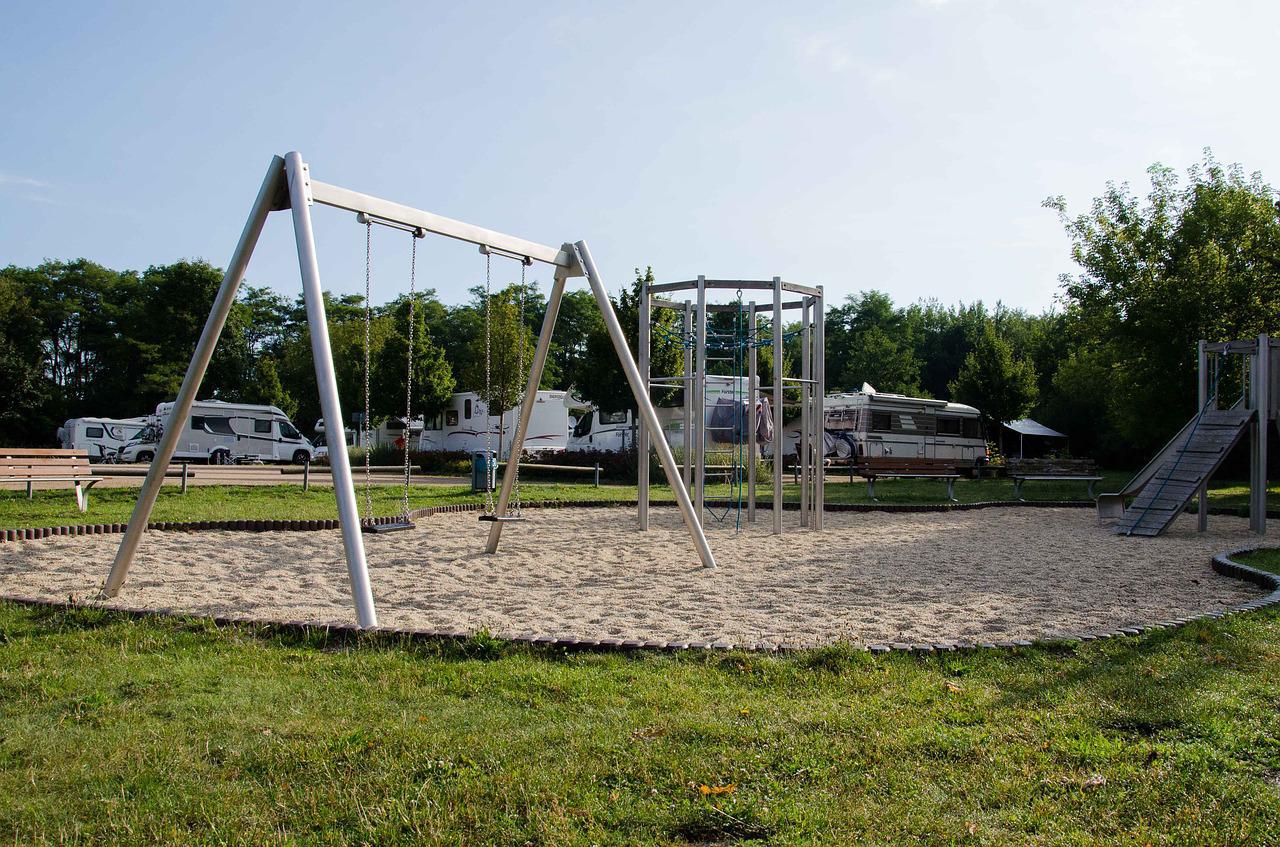
Any downsides?
- There are likely to be rules and regulations involved with life in a mobile home park that may not be to your liking.
- Billing methods for utilities may be unconventional, so be fully aware of what you’re signing up for before making the decision.
- Some mobile home parks are ‘nicer’ than others, so do your due diligence.
RV Parks boast many of the same pros and cons as mobile home parks.
Again, a current RV license by a certified manufacturer may be a prerequisite.
The process for registering a DIY Tiny House varies from jurisdiction to jurisdiction, and may or may not get you in the door. But the rules are changing, and Tiny House dwellers are making strides towards greater acceptance in a larger range of circumstances.
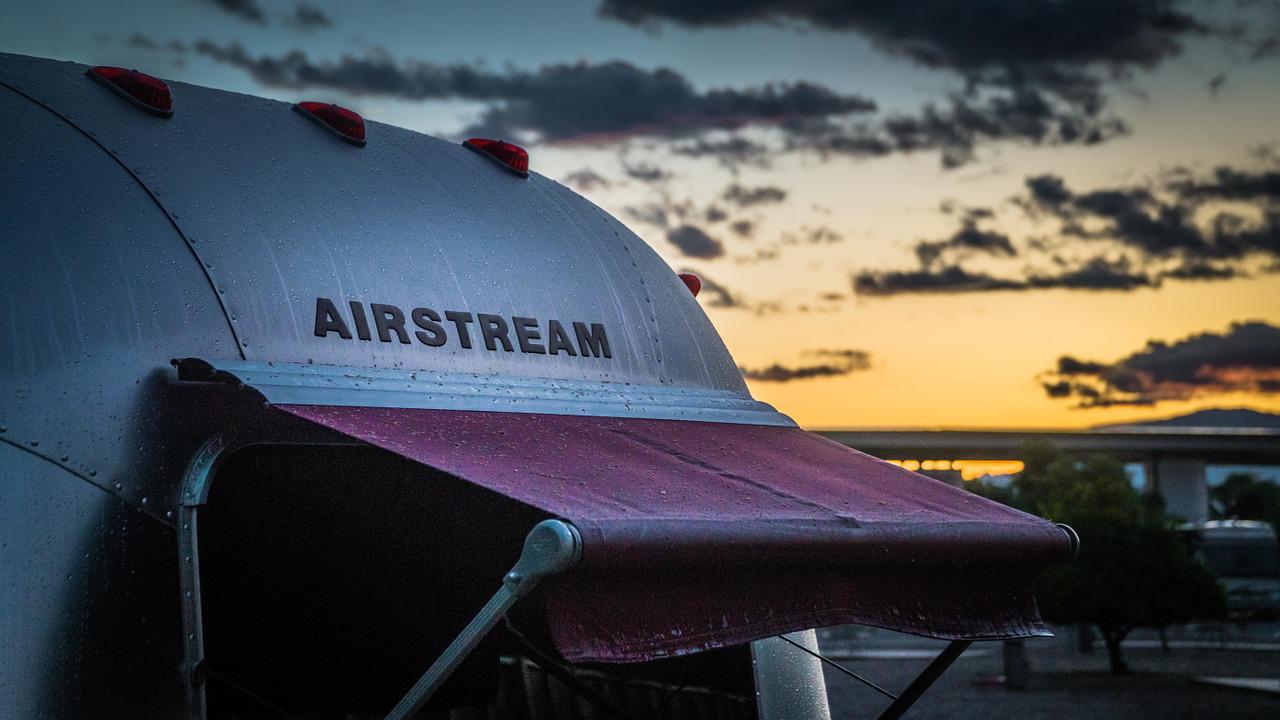
WWOOFing
What is WWOOFing?
WWOOF stands for World Wide Opportunities on Organic Farms. As the name implies, there are opportunities all over the world. Most do not require previous experience or skills.
Can I bring my Tiny House?
Most WWOOFing hosts offer rooms of their own in exchange for farm labor. But they generally have plenty of open space on their farms and are often amenable to alternative arrangements. Providing your own Tiny House lodging may be an ideal situation for all parties.
What can I expect?
- You will be expected to offer a certain number of hours per week of farm labor in exchange for your space.
- A fantastic fringe benefit of free farm produce, poultry eggs, or the like is often thrown into the deal.
- Sometimes the exchange is labor for housing AND prepared meals if you’re into community dining.
- Look for additional extras such as bicycles provided for trips into town or the use of on-site amenities such as laundry or bathing facilities.
- It’s a great way to meet like-minded people from all over the world.
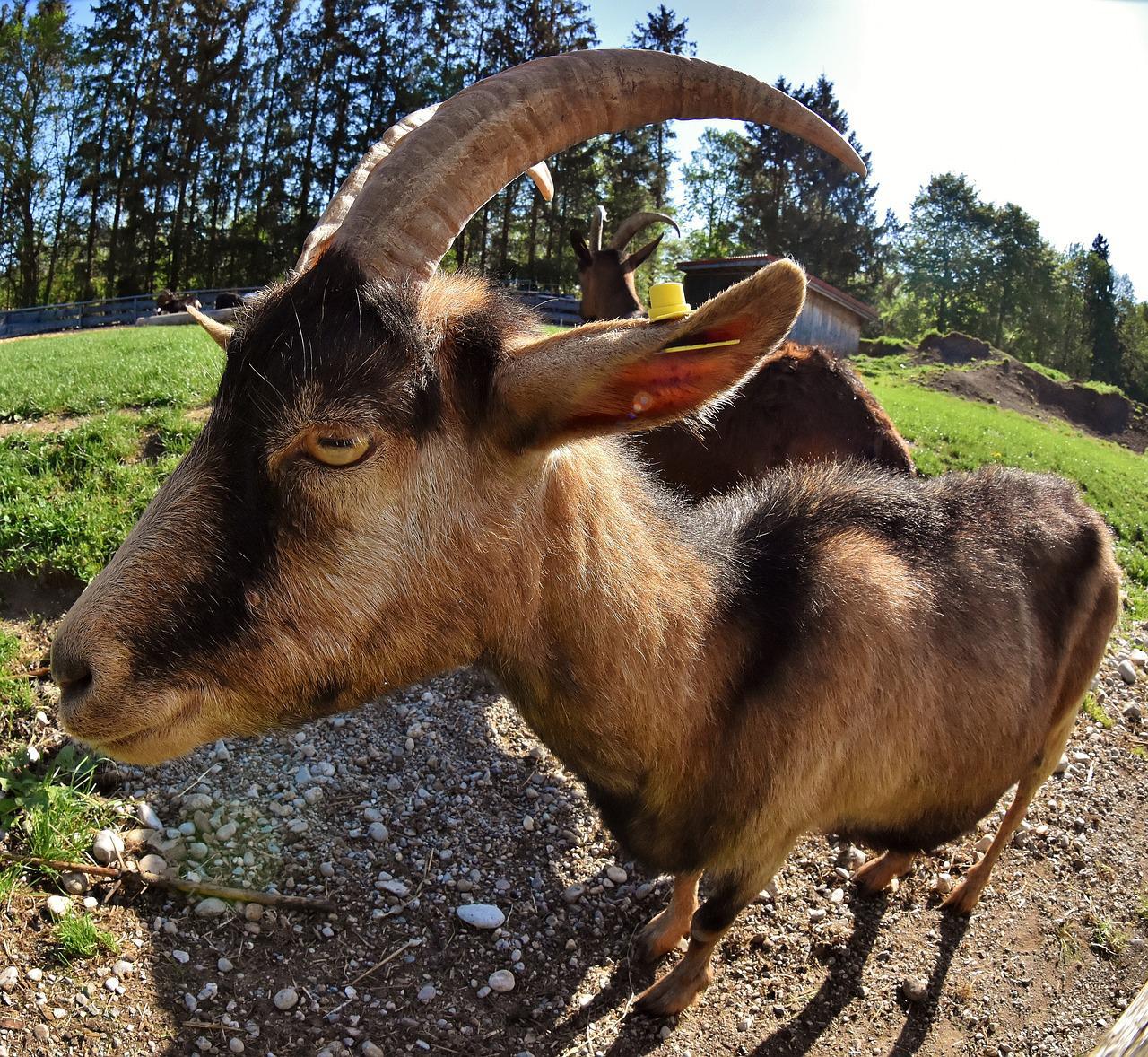
What to watch for?
- Some WWOOFing opportunities are seasonal, so be sure to ask how long you can stay in one place.
- Ranches are more likely than produce farms to need WWOOFers year-round, so if you have skills with animals or are willing to learn, this might be a good option for you.
- Be aware that WWOOFing is a non-monetary exchange. You’ll need to balance your farm work-trade commitment with any additional income-earning that you need to do.
How do I start?
You’ll need to pay a fee to join WWOOF in order to browse listings or view host details. The international site can be found here, and will direct you to your own country’s site: http://wwoof.net/.
For more on WWOOFing, check out this video:
Renting a Tiny House Already Built
Embarking on the Tiny Life is a major change for many people. If you’re not quite sure whether it’s for you, a trial run may be in order. This is where renting a Tiny House that has already been built comes in.
How do I find a Tiny House to rent?
- The aforementioned https://www.tryittiny.com/ provides opportunities to rent a Tiny House.
- The more widely known https://www.airbnb.com/ is another option. Tiny Houses are showing up among its listings in greater and greater numbers.
What to do with my stuff?
Put most of your belongings in storage, find an available Tiny House rental, and give it a go. If it doesn’t work out for you, you can always pull your stuff out of storage and go back to the big life. And if it does, sell what you don’t need and put it towards a new Tiny House of your own!
What if I don’t like it?
Be sure to give it a fair trial period. Big adjustments take time, and it’s not surprising if the Tiny House rental doesn’t feel comfortable to you at first. Also take into consideration that when it’s time for your own Tiny House, it can be highly customized to your personal needs. So if there are aspects of the Tiny rental that don’t agree with you, you’ll know not to include them in your own design. It may be worthwhile to spend time in a few different Tiny House rentals in order to get a feel for which features you’d like to live with in your own Tiny House.
What other ways are there to see real ‘live’ Tiny Houses?
While these options won’t give you the full experience of living 24/7 in a Tiny House, they’ll give you a better idea of the range of features available out there:
- Tiny House companies often bring a display model to area home show events. They’ll be happy to talk to you about the various features available in all of their models.
- If you know Tiny House owners, ask what works well for them and what doesn’t. Request an in-person visit.
- Browse the abundant stock of examples available online to get ideas.
- Post in Facebook’s Tiny House People group and ask whether anyone in your area would mind you dropping by to look.
- Be respectful, and refrain from walking up and knocking on the door of any Tiny House you see. You don’t have any more right to access a stranger’s Tiny House or to disturb its occupants’ privacy as you do with any random conventional house you see. Unfortunately many Tiny House dwellers have experienced this sense of entitlement to their private space from curious onlookers.
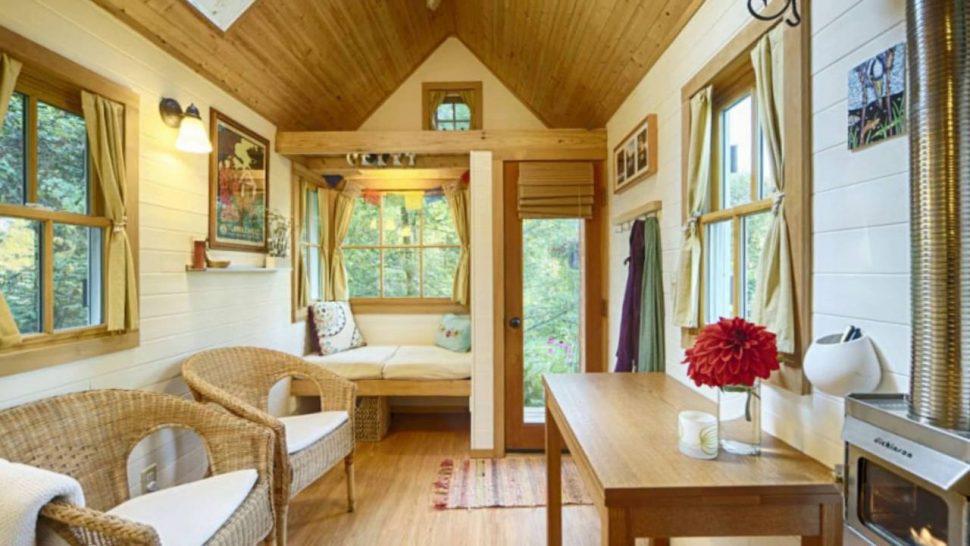
Image source: rmccc.org
Buying Land for a Tiny House
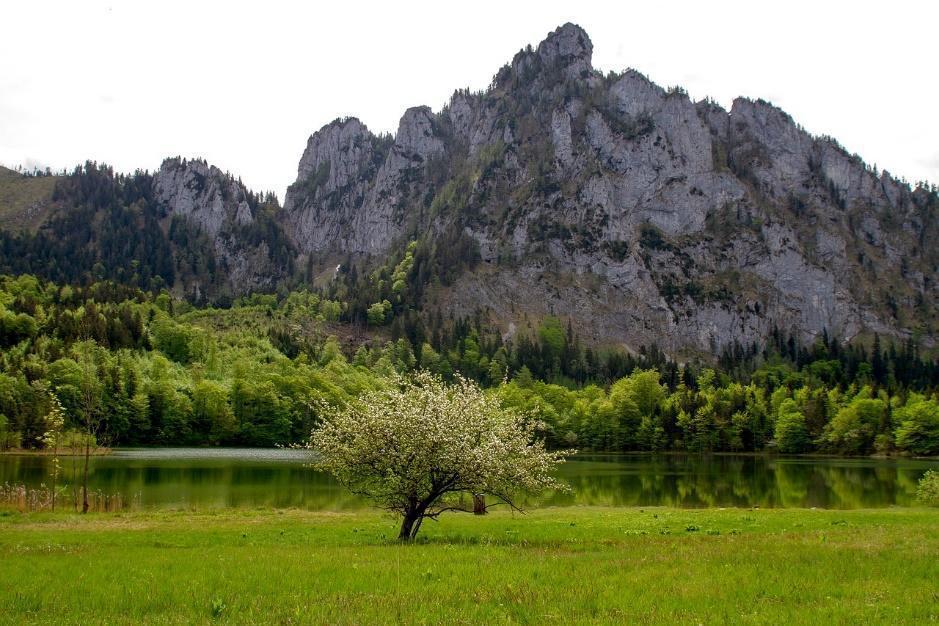
What to Look For
Whether your Tiny House is on wheels or foundation, you’ll be looking at similar factors if you choose to buy land, rather than to rent. The primary difference, as mentioned earlier, is that with a Tiny House on foundation, the land comes first. With a Tiny House on wheels, you can look for land after the house is built.
City or country?
When seeking land to for your Tiny House, take into consideration whether you wish to be in an urban, suburban, or rural location.
- Finding an urban location is more challenging but is possible, especially as the Tiny House movement grows.
- Some cities have established Tiny House programs to ease homelessness, and zoning changes are being considered in tandem.
- If your work or lifestyle does not require you to be located in an urban environment, the rural option is likely to give you more available opportunities.

Climate and weather
Understanding local climate and weather patterns is, of course, a consideration when renting land. But it’s of even greater importance when looking at a more permanent location for your home.
If you plan to live in a place where you’ve already spent a good deal of time, you’ll be well aware of the weather-related challenges and benefits there.
If you’re relocating, be sure to look into the unique weather patterns of the area, especially if your Tiny House on wheels has already been built to accommodate a specific range of climatic factors. If you’ve gone light on insulation, North Dakota might not be your best choice.
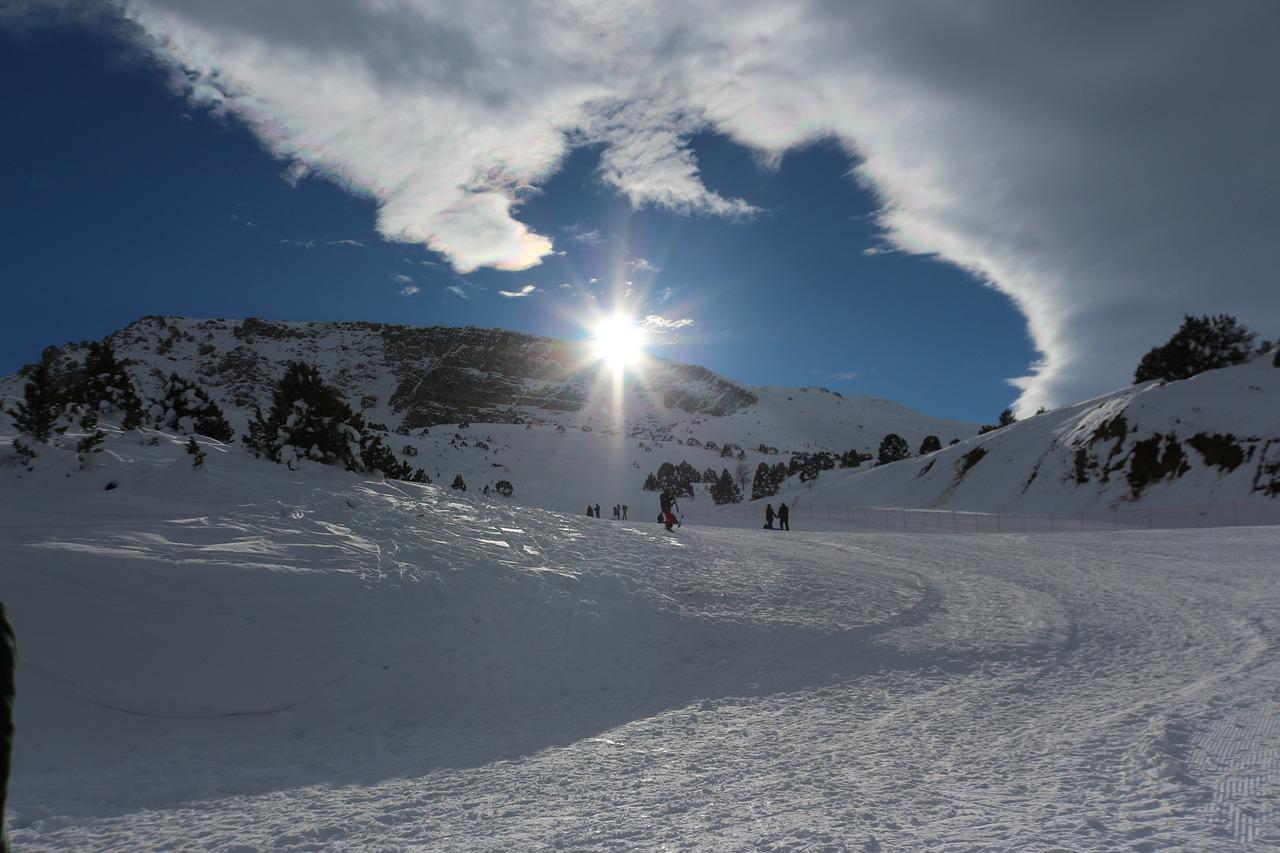
Location, Location, Location
When choosing a location for your Tiny House, it helps to make a list of your personally desired amenities; these will be different for each person, but some examples to consider include:
- proximity to a library
- availability of fitness clubs
- hiking trails
- whether local socio-political views are a match to your own
- bicycle lanes
- rivers or beaches or lakes

- proximity to freeway access
- location of the nearest international airport
- places of worship
- local chapters of clubs you belong to
- local options for dining out
- availability of farmers markets
- quality of public transportation
- live music venues
- public parks

- theatre options
- shopping venues
- ski resorts
- green spaces
- population density (do you prefer crowds or solitude?)
- art galleries

- museums and other cultural opportunities
- local wildlife (desirable and undesirable)
- sporting events
- age demographics
- universities and other higher education institutions
- community gardens
- noise factors (are you considering a site adjacent to a major highway or an airport or a manufacturing plant or a dance club or a shooting range or a cattle ranch?)
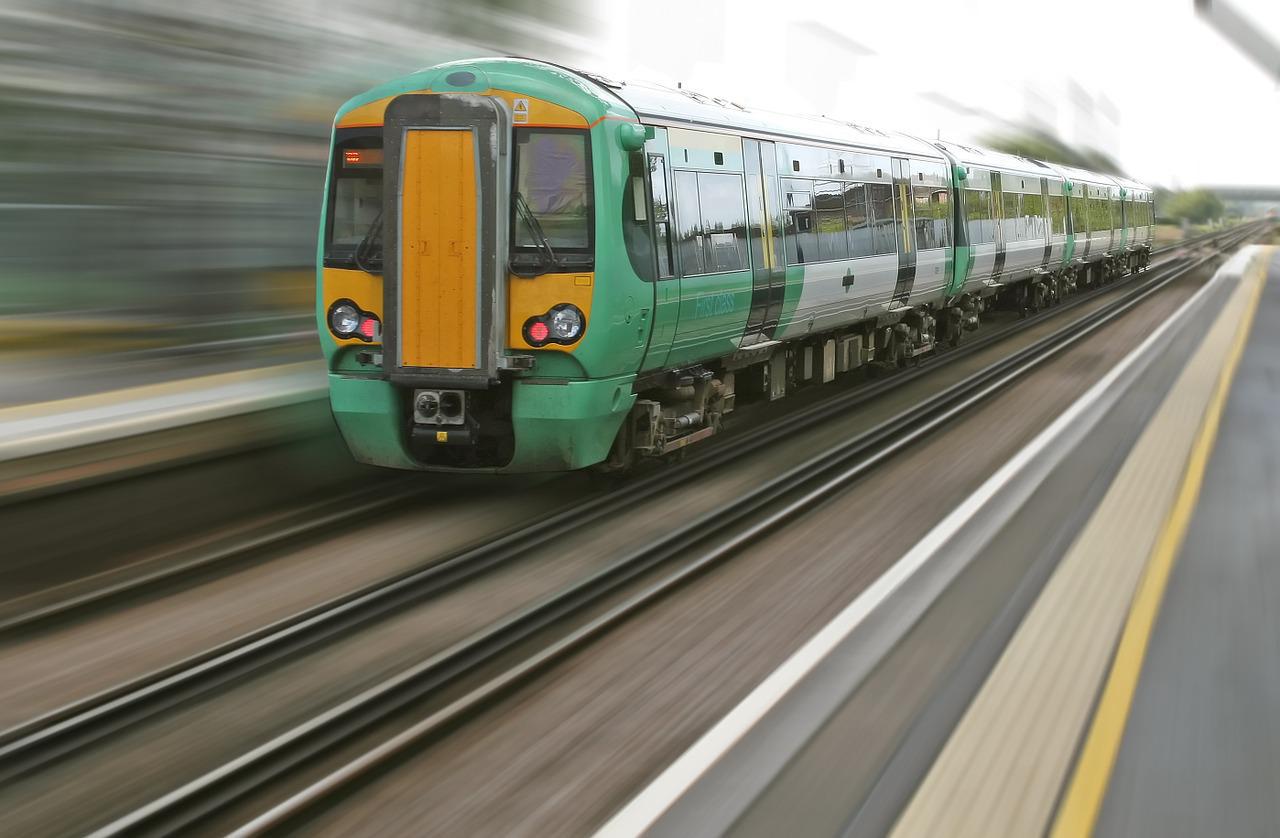
- air quality
- drinking water quality
- degree of light pollution at night
- quality of area schools
- prevailing odors (are there pulp mills or rendering plants nearby?)
Types of land
- Raw, or undeveloped, land is what it sounds like—no changes have been made to it from its natural state.
- Vacant land (sometimes called improved land) does not have a permanent structure on it, but may have certain improvements in place, such as a water well or access to utilities.
Topography checklist
The shape of the land is a primary consideration:
- Property that includes a relatively flat area for parking your Tiny House is ideal, though deviations to a certain degree can be handled with blocking and jacks.
- Be aware of the site’s natural drainage patterns. Are you in a boggy area or one that’s prone to flash downpours? Take care to park or build your Tiny House in a spot where it won’t be caught in the deluge.
- Stay away from swampy earth or wetlands.
- Don’t position your house within a 100-year floodplain.
- Look up as well as down—is there any significant tree canopy that will interfere with your structure, or potentially come crashing down on your roof in a windstorm? What about low-hanging overhead powerlines?
- Are the surrounding trees healthy? Are they deciduous or evergreen—will they provide shade part or all of the year? Are the shade patterns desirable for your climate?
- Is the site exposed to high winds? This can be particularly uncomfortable in a Tiny House. If windy conditions are unavoidable and your Tiny House is on wheels, you’ll want to look into hurricane tie downs.
- Locating near salt water will limit your choices of construction materials as some, including many metals, are prone to corrosion in that environment.
- Take into consideration that the land may change significantly across different seasons. A stream that runs heavy in spring may not do so year-round. Autumn is a good time to inspect a plot of land if it is home to many deciduous trees. The heavy foliage will be absent and you’ll be able to clearly view more of the topography and contours of the land.
- Walk the entire property. Get an idea of whether trees will need to be cleared, land features graded, a well dug, driveways established, fences built.

Natural disaster risk
Be aware of patterns of natural disaster for the area you’re considering.
Is it prone to earthquakes? Hurricanes? Flooding? Insect infestations?
Any location has its pros and cons. It’s up to you to decide what you’re willing to put up with and what risks you’re willing to take. Gaining prior awareness of what conditions you may be faced with is an important precaution.
Access
Beware of landlocked property. Obviously, you’ll need to have access to the property for your day-to-day usage and to get your Tiny House on wheels onto the property in the first place. Or if you’re building a stationary Tiny House, you’ll need access for getting construction materials onto the property.
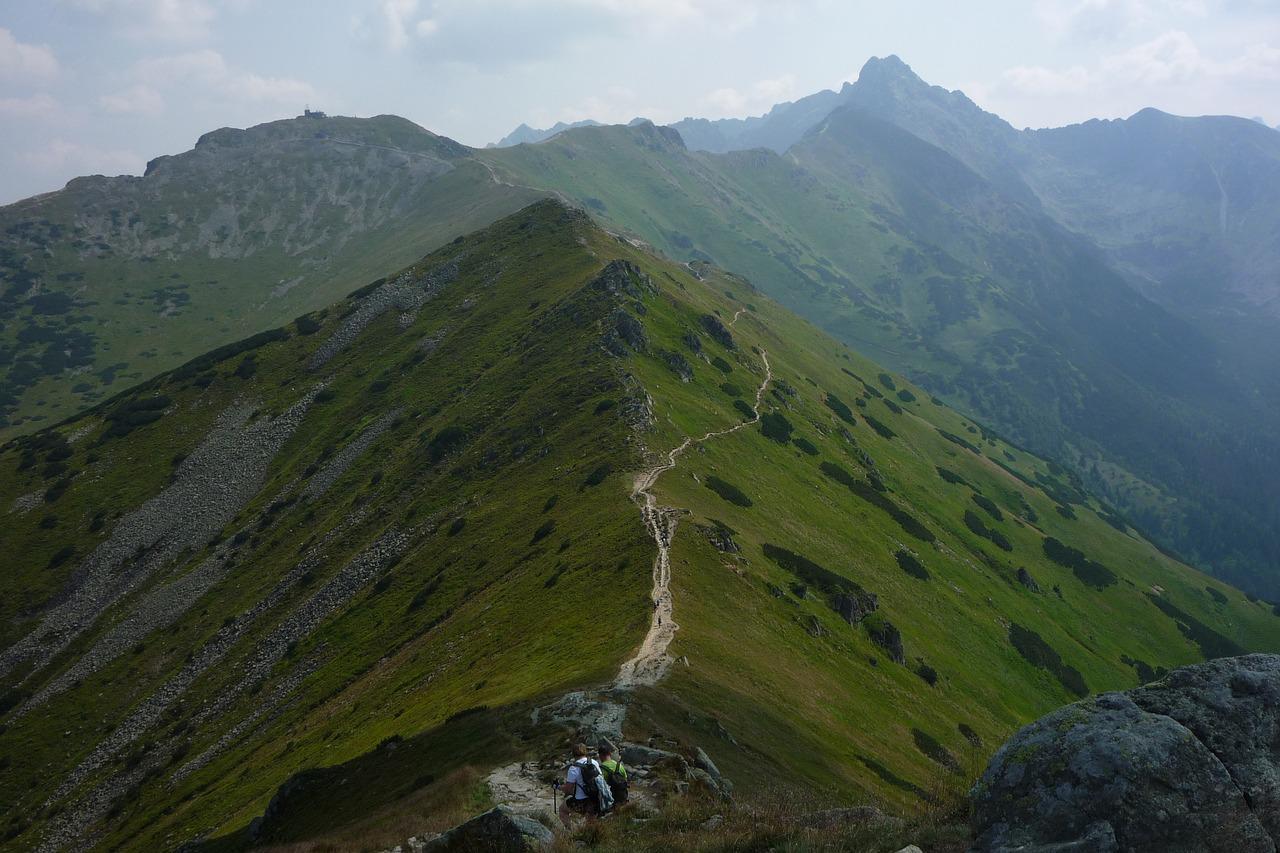
If this involves using an easement across someone else’s property, ensure that it won’t be a problem to exercise that right. It’s a good idea to involve a real estate attorney in this situation. Be aware that easements sometimes restrict the size of the vehicles allowed to use them, which could become an issue for a Tiny House on wheels or a construction materials delivery truck.
Natural features for alternative energy
If you plan on alternative energy to power your Tiny House, you will definitely want to be aware of whether the area has appropriate climatic factors for your technology of choice. Granted, solar panels are at the point that they’re reasonably effective even in cloud-covered rainy climates. But wind and hydropower require more specific conditions. And if you plan to heat with wood, look into burning regulations for any areas you’re considering.
Food production
If you wish to garden, be sure that the space and soil conditions exist to support that. Otherwise, be willing to do raised bed planting, container gardening, or hydroponics.
You may want to look for property with fruit trees, nut trees, grapevines, or other established food-bearing plants.
Is the property suitable for raising chickens or ducks? Perhaps it’s a remnant from childhood Easter egg hunts but there’s something eternally exciting about finding freshly laid eggs in the coop!
Taking it to the next level, if you plan to engage in farming or ranching activities on your land, or produce food commercially on a smaller scale, you’ll need to consider all of the elements required to support your needs, including proper zoning (for agricultural development).

Availability of Services. One of the benefits of Tiny Houses is that they’re less dependent on certain public utilities than typical houses. But there are still many factors to consider, depending on how independent you choose to be.
Postal delivery. Consider whether you prefer your mail delivered to a mailbox on-site or are okay with picking it up from your local post office.
Keep in mind that not all delivery services will patronize post office boxes. In this case you might want to inquire of neighbors who do have home delivery if they’re willing to accept packages for you.
Or choose a retail alternative to the national postal service that does accept all forms of delivery. UPS Stores are one alternative, as they lease mailboxes. Private Mailbox Addresses (PMB) generally accept mail and packages through the post office and commercial carriers such as FedEx, DHL, UPS, and Amazon.
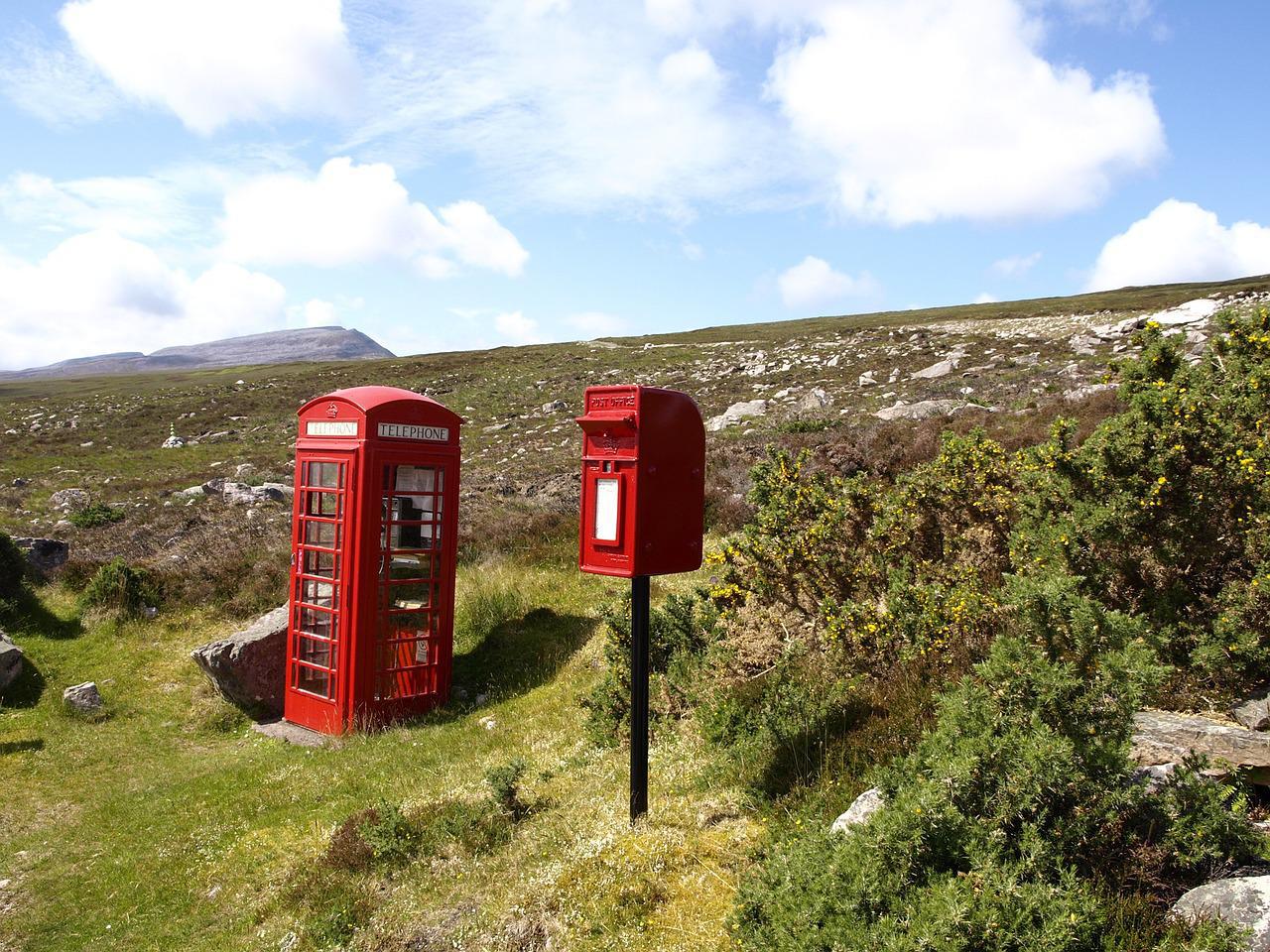
Waste disposal. Availability of curb-side garbage, compost, and recycling pick-up is another consideration. If it’s not available for the property you’re considering, be ready to haul your detritus to the dump, the recycling center, and a composting location if you’re not able to process it on-site.
Water. If access to public water is not available, you’ll want to find out if digging a well is an option. Again, this is a considerable expense that should be included in your budgeting plans. Rainwater storage may also be worth looking into, at least as a supplemental provision.
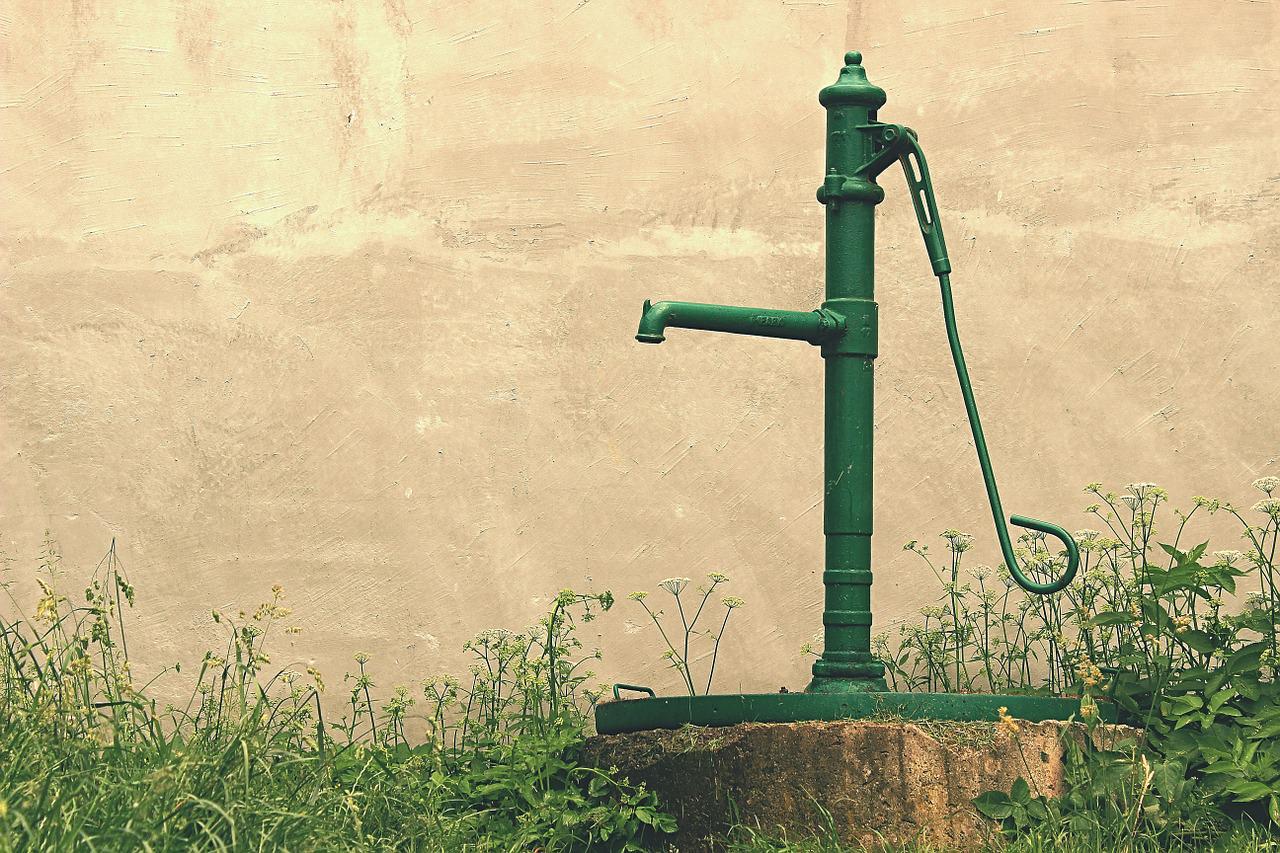
Sewage. If you plan to hook into a local sewer system, be sure that the property has reasonable access. An on-site septic system is another option if you’re not a fan of composting toilets.
Phone and internet. Strength of mobile phone and wi-fi signals is also important in today’s world. If you have a decent mobile phone signal, you can connect online by creating your own wi-fi hotspot with your phone. Be sure choose a data plan that will support your needs. And be aware that you may need to change service providers if your current provider has a weak signal in your chosen location. On the flipside, check into the locations of the nearest cellular towers and keep your distance if the associated health issues are of concern to you.

Parking. If you have personal vehicles or visitors who drive, you’ll need space for parking. This could be on the property or on the street. Otherwise, look for the nearest transit stops or stations, bicycle paths, or whatever accommodations you need for your transportation method of choice.
Lot Size
This is largely a matter of personal preference and the features of the land. You’ll want to have enough space for:
- Your Tiny House
- The access route to get your Tiny Home to its location if it’s on wheels (or to get building materials to the chosen location if not)
- All of the support systems you’ll put into place, as detailed below in the Positioning and Orienting Your Tiny House on the Property section.
Beyond that, it’s up to you how much land you wish to steward. Perhaps you’d like to have enough space available to invite other Tiny House owners to rent positions on your land– bravo!
Resale Value
You may or may not want to consider your Tiny House property as a kind of a non-stock investment. If you do, take into consideration real estate trends when choosing a location, and look for areas where property values are on the rise.
If your Tiny House is on wheels, you can vacate the property and sell the vacant land, keeping your house with you.
A Tiny House on foundation may be a valuable selling point to a future buyer, perhaps as Airbnb income, as a “Mother-in-Law” dwelling, or as the new owner’s primary residence.
How to Find & Acquire Your Land
Now that you have a better idea of what you want in a piece of property, how to you go about finding and acquiring it?

Finding Property
Real estate agent. If you decide to hire real estate agents, the search and selection of property will become much easier. Working with a good real estate agent is the standard traditional route.
- A buyer’s agent is generally paid by the seller, yet has a fiduciary responsibility to represent the buyer’s interests.
- A real estate agent should have good knowledge of the local zoning, and be able to advise you on what options you have for a Tiny House. In order to serve customers like you, real estate agents must get a license that will cover all of this top-level knowledge. However, it’s also worth looking for a realtor who has a good reputation for well-implemented customer relationship management strategies and service, as this is just as important as raw expertise in the technical side of buying and selling land.
- You’ll want to work with an agent who specializes in land purchases, unless you’re interested in purchasing property with a conventional house already on it.
Online resources. Alternative routes to working with a realtor include online resources such as:
Other DIY options.
- attending land auctions
- researching bank foreclosures and tax sales
Assessing the Property
Survey. Before purchasing property, you’ll want to have it professionally surveyed to determine the legal boundaries. Don’t get caught on the wrong side of a future dispute with your neighbors over whether they have the right to chop down your favorite shade tree or erect a fence through the middle of your herb garden.
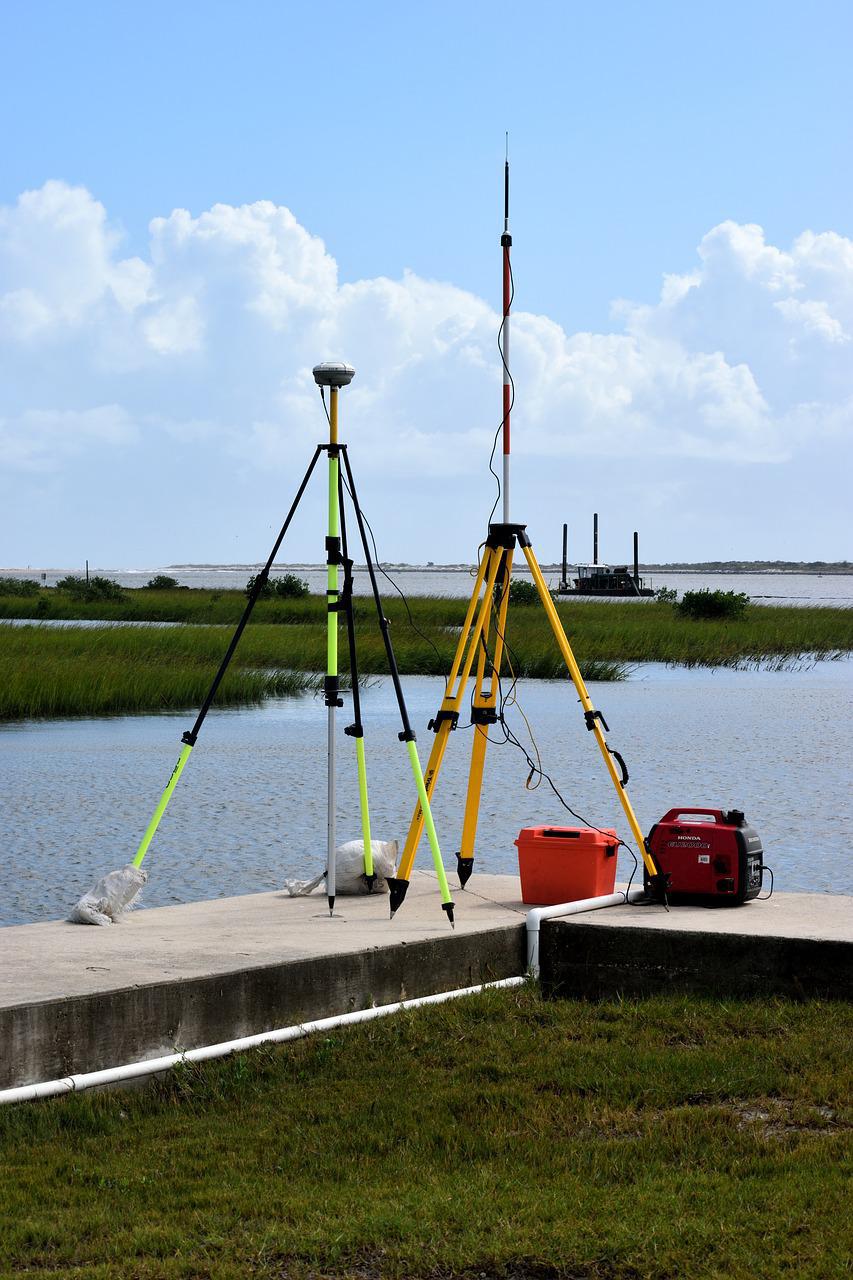
Restrictions. Check for any restrictions on the land. A reputable title company will provide and explain these restrictions, which may include:
-
Environmental restrictions: Wetlands and waterfronts are particularly prone to regulations of what you can and cannot do on them.
-
Easements: Find out if there are any easements on the property under consideration.
- You’ll want to know ahead of time whether anyone is going to be rightfully driving across your property.
- An easement remains with a property indefinitely unless both parties choose to remove it.
- Be aware that you may be legally responsible for the physical maintenance of certain easements, such as keeping a right-of-way free of snow or debris, or keeping a fence in good repair.
- Utility companies may have an easement on your land which allows them to maintain the utility in question, even if that involves digging trenches through your land to fix an issue with a service line.
- Generally, easements don’t pose a big problem, but you don’t want to be caught by surprise. Know who has legal access to your property and whether you’re okay with that.
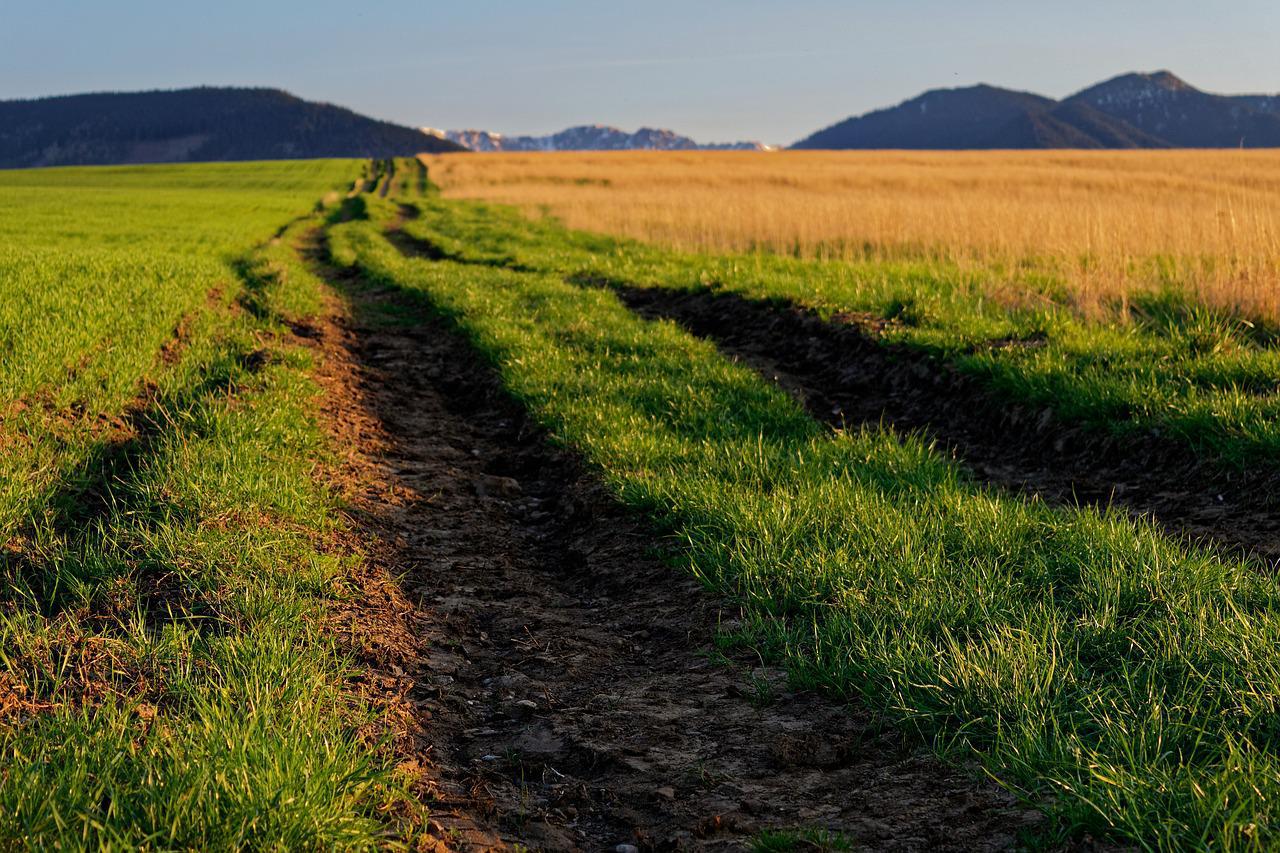
- Hunting rights: hunting and trespassing laws vary from location to location, so find out the rulings for the area of interest.
- Mineral rights (or lack thereof): in most cases, the status of mineral rights does not appear on the property deed. And the right to what is “under” your land can be sold independently of the “surface” property itself. Mineral deeds can be challenging to track down on your own via public records, so it’s a good idea to bring a title company onboard to help with this.
- CC&Rs (conditions, covenants, and restrictions): these may include a provision against RVs and mobile homes, outdoor storage, boats and trailers, or farm animals, among other things.
- Deed restrictions against conducting business in the home.
- Property setbacks will determine how close to the property lines you can build or place a structure.
Zoning. If your real estate agent hasn’t provided you with information about the property’s zoning, or if you’re not working with an agent, be sure to look it up in the property’s listing information. Or visit the local planning commission, and gain understanding of whether or not you’ll be able to use the property in the ways you wish to under the current zoning.
For example, different zoning will allow for different property density; that is, how many dwelling units are allowed on the property.
Don’t assume that you’ll be able to change the zoning already in place in order to suit your plans. I’m not saying it can’t be done, but you may be in for a lengthy uphill battle.
Be aware of whether the land’s zoning allows for any previous activity that may cause the property value to depreciate over time. An example is industrial farming which may have contaminated the land with pollutants.
Water rights.
What are water rights?
Water rights concern usage of bodies of water bordering or near the property. They may be referred to as riparian rights in the case of rivers, streams, and lakes. Water rights laws vary according to location.
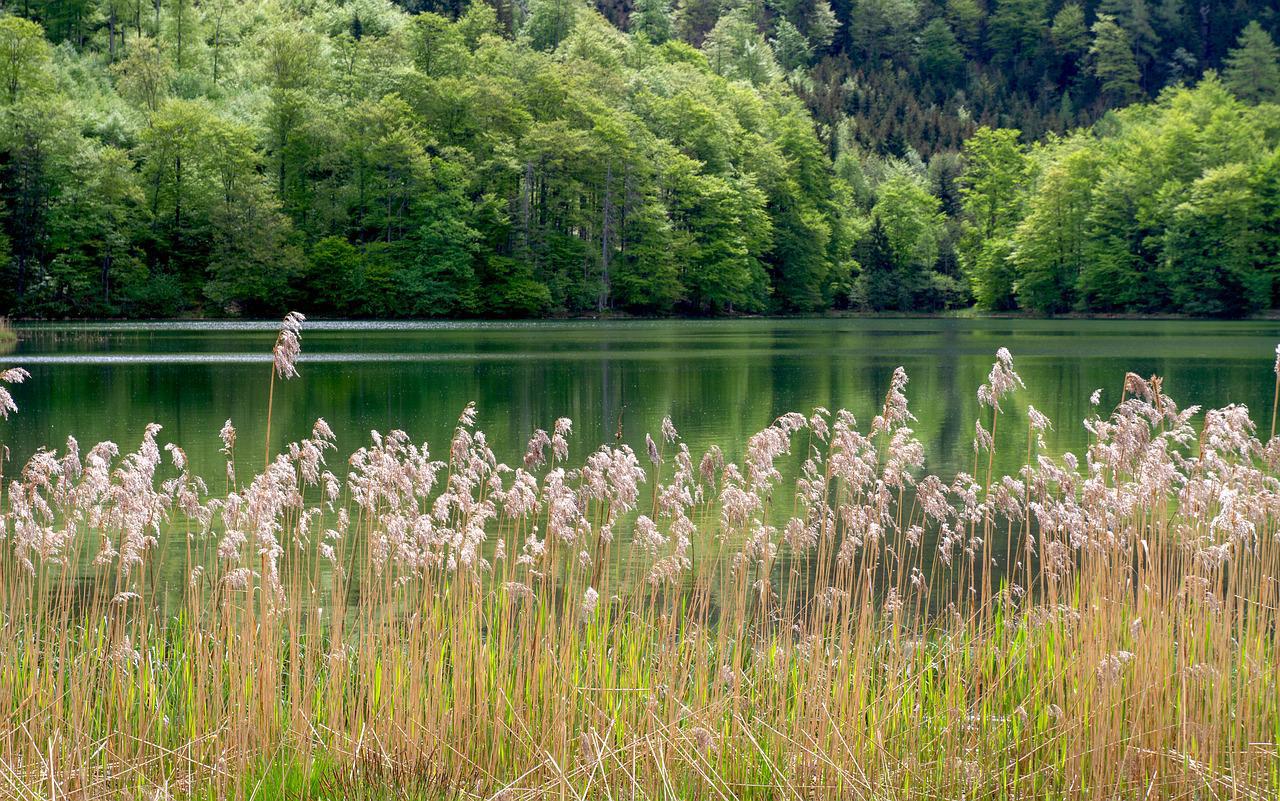
How do they affect my use of the property?
- Water rights generally allow use of the water in its natural flow or location.
- They may restrict transporting water off of the property, or using it for commercial irrigation purposes.
- Sprinkling gardens and watering animals for non-commercial purposes is generally permitted.
- Interfering with a stream or river’s natural flow oftentimes is not allowed. So this is an important right to investigate if you plan on using hydropower.
- Water rights issues may also arise regarding surface water (drainage from rains, springs, and snow melt). A common example is when one property owner drains surface water in a way that affects an adjacent property, particularly when one property is located uphill from the other.
- In some areas, water rights (the rights to surface water or subterranean streams) may be sold independently of the land.
- Riparian rights (enjoyment of a body of water adjoining the land, e.g. the lake that lakefront property borders) cannot be sold separately.
Environmental testing and assessment.
Why should I do it?
- To avoid the dangers of living with contaminants present on the property.
- To avoid the responsibility of cleaning up any issues that are later discovered or uncovered.
What’s involved?
- The most common environmental assessment is a Phase I assessment, and is usually sufficient for a vacant land purchase.
- The assessment is conducted by an environmental engineering firm.
- The Phase I assessment includes a physical inspection of any wells, spills, refuse heaps, or other potential signs of contaminants on the property, as well as a review of the land’s usage history (and that of neighboring properties) via governmental environmental databases.
- If the assessment raises concerns, the firm may recommend further measures such as a Phase II assessment.
- Make sure that the engineering firm explains all of its findings to your satisfaction and understanding.
Water quality. If you’ll be acquiring your water- drinking or otherwise- directly from the property, have it tested. Find out whether or not you’ll need to filter or otherwise treat it.
Testing tap water is a relatively simple process accomplished with a home water test kit. But when it comes to vacant land groundwater, you’ll want to hire a firm that conducts professional water testing.

Liens. Find out whether there are any liens filed on the property you’re interested in purchasing.
- You can search public records for the property management baltimore of interest either online or in person.
- Property records can be found either at the county courthouse, city hall, county recorder, or other city or county department. Ask for help from the staff in order to find property deeds and encumbrances.
- You can do an internet search for Property Tax Records to access sites pertaining to your area of interest to find out whether there are any outstanding unpaid taxes on the property.
- If you’re working with a real estate agent, he will likely be of great assistance with this process.
Title search. You’ll also want to hire a title company to run a full, insured title search, especially if purchasing property via a bank foreclosure or tax sale.
If simply looking for general information, the customer service department of a local title company may grant you a free property profile. You’ll want to ask for copies of property deeds and mortgages.
Purchasing the Property
Financing
It’s typical to pay cash for raw or undeveloped land. You may be able to secure a personal loan through your financial institution, but mortgages aren’t always an option. Financing is particularly difficult to find for raw land.
There may be specialized loans available for purchasing land to be developed for farming or ranching.
Or if you have the means, you could purchase a spacious lot with a permanent residence already on it, using traditional mortgage financing. Then park your Tiny House on the lot and rent the existing house to cover your mortgage payments.
Buying land with a group
Grab your Tiny House friends and buy a plot of land together. Make sure they’re really, really good friends, as this option carries some potential headaches.
You’ll need to find a location with zoning that allows for multiple dwellings. And you’ll want legal help that specializes in real estate to help out with the joint ownership aspect.
Exit strategies will need to be planned so everyone is clear on ownership transference if any members decide to sell their interest and depart.

Positioning and Orienting Your Tiny House on the Property
Access
If your Tiny House is on wheels, it will need a path of access from the road to its position on the property. You may be limited to pre-existing driveways or vehicle-wide paths if the topography or your budget do not allow for new roads. If building a Tiny House on foundation, take into consideration how far you’ll need to haul building materials from the nearest point that a vehicle can access.
Site planning
Before making a decision about where your Tiny House will sit, take into consideration all of its support systems:
- Will you have composting bins on the property to process the products of a compost toilet and/or your food waste? If so, you’ll probably want this to be downwind from your Tiny House.
- Will you be installing a greywater system in the ground? Or will you need to haul a greywater tank to a dump station regularly? One requires a certain amount of space in proximity to the house, the other would be more convenient closer to where you might park your vehicle.
- Or perhaps you plan to connect to a city sewer. Or you’ll be installing a septic system (including a leach field). These options too will impact your property layout.
- Where will your Tiny House be located in relation to any gardens you plan to plant? Make sure they’re located with adequate sun access and water.
- Where will the chicken coops/rabbit hutches/dog runs/goat pens be located?
These are questions you could answer with the help of a landscaping professional, and if you don’t have experience in this area then it’s definitely worth getting a second opinion from an expert. The good news is that figuring out how to price landscaping jobs is straightforward, so you can get a sense of the potential costs before you commit.
Land features
Take a look at the property’s land features when determining the ideal spot for your Tiny House:
- Bodies of water
- Grade changes
- Soil stability
- Above-ground power lines
- Below-ground pipes and wires if you’re energetically sensitive
- Desirable views
- Prevailing wind direction
- Large trees
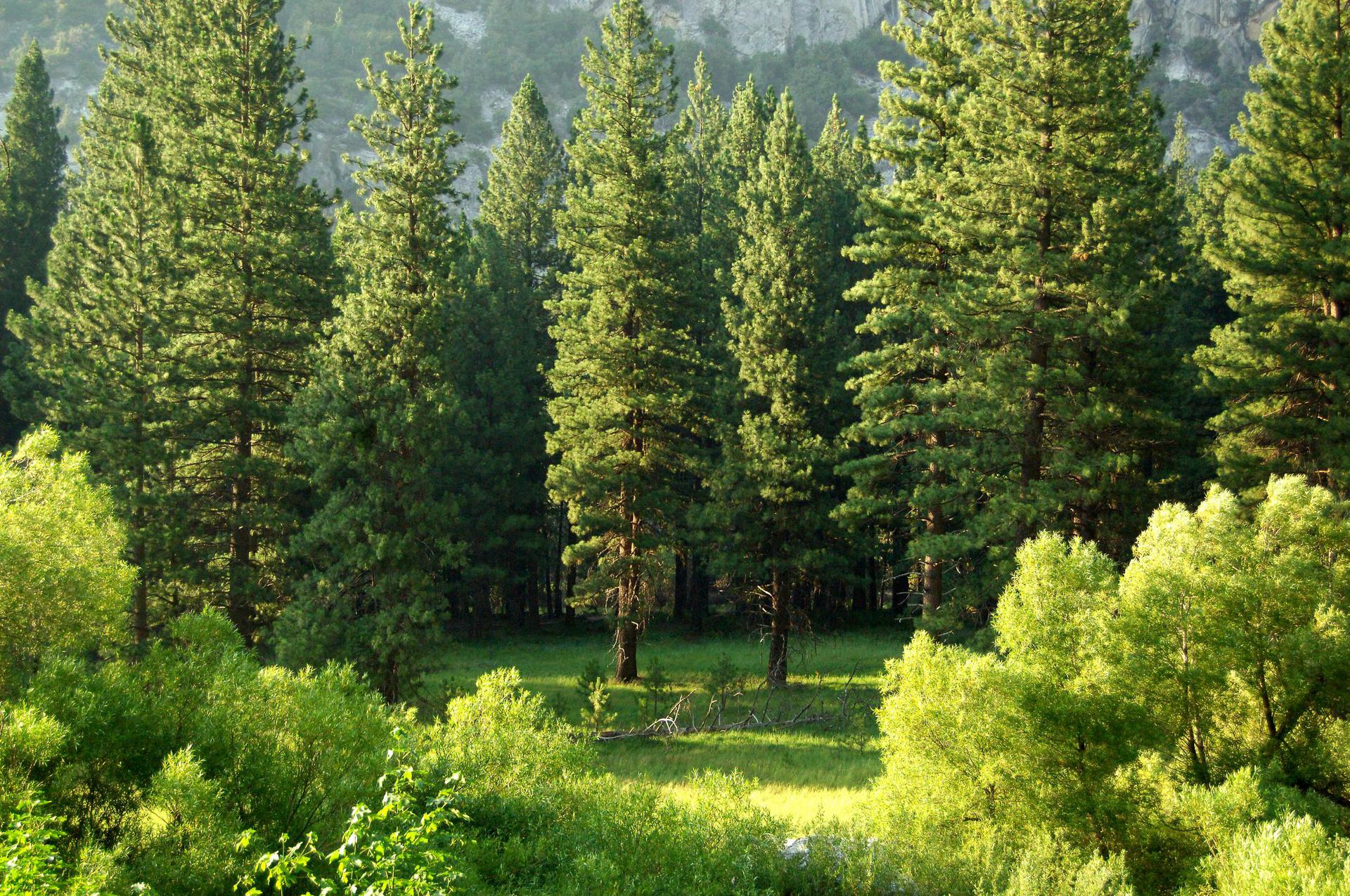
Alternative energy
If you’re using solar panels, orient the Tiny House to maximize their effect, assuming the panels are attached to the house.
It may make more sense in many situations to employ a detached solar panel array (such as on a wheeled cart tethered to the house). This allows you to position the house in the shade while leaving the solar array in full sun.
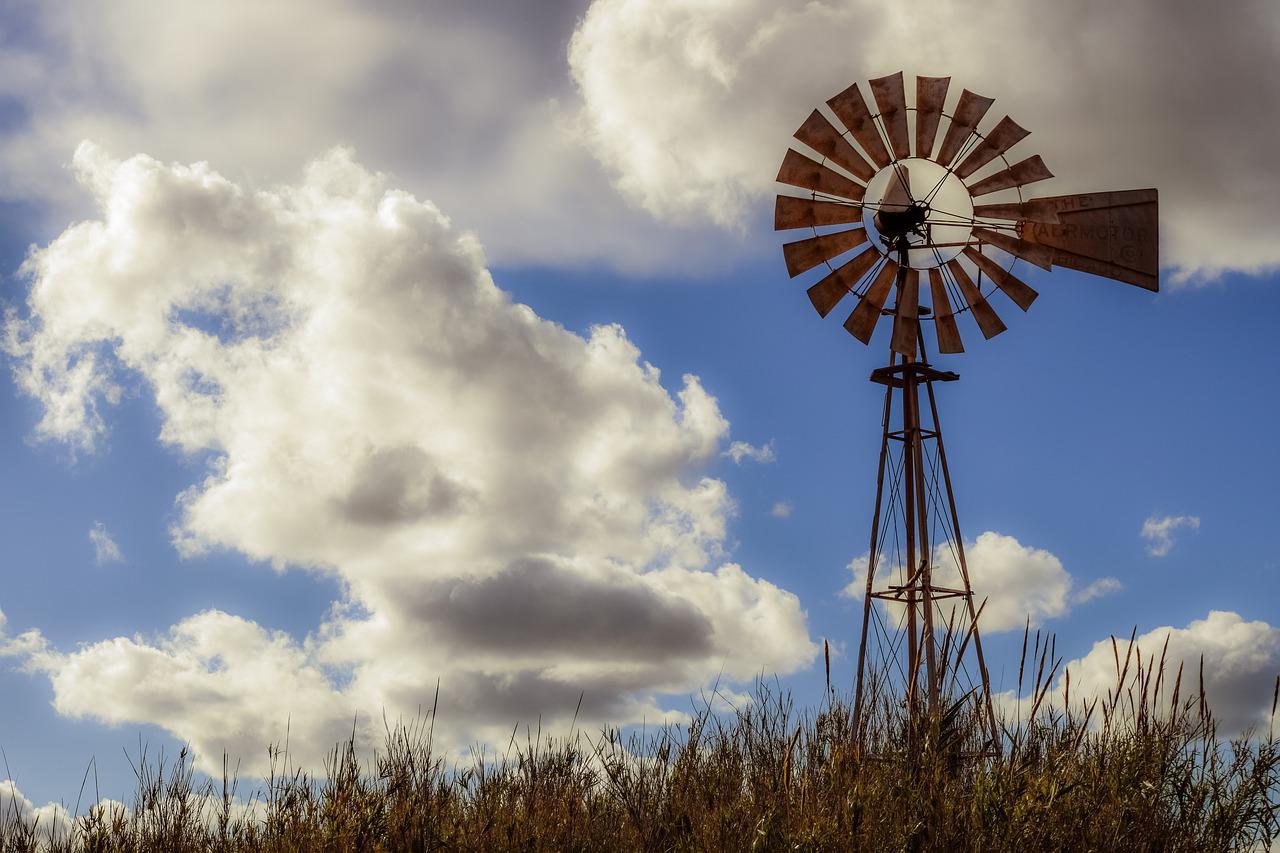
Water
Proximity to your water source is another consideration that may limit your choices of where to position your Tiny House. Will you be hooking up to a public water source, or to a natural source such as a well on the property?
Power
The same goes for electricity if you’re not generating your own. Excessively long extension cords are not ideal. Adding infrastructure to access these utilities, if it’s not already in place, is a significant expense that you’ll need to include in your budgeting.
Property setbacks
Be aware of the existing setbacks for your property. Be sure to stay within them, especially if building a permanent structure.
Tiny House Communities
An increasingly available option for locating your Tiny House is a Tiny House community.
Types of Tiny House Communities
- Some communities are collectives of pre-built Tiny Homes available for purchase.
- Others offer places to rent for people providing their own Tiny Houses.
- Sometimes the community is composed of a group of Tiny House owners who get together and plan their own community. They buy the land together or pay rent to one land owner who may or may not be part of the community.
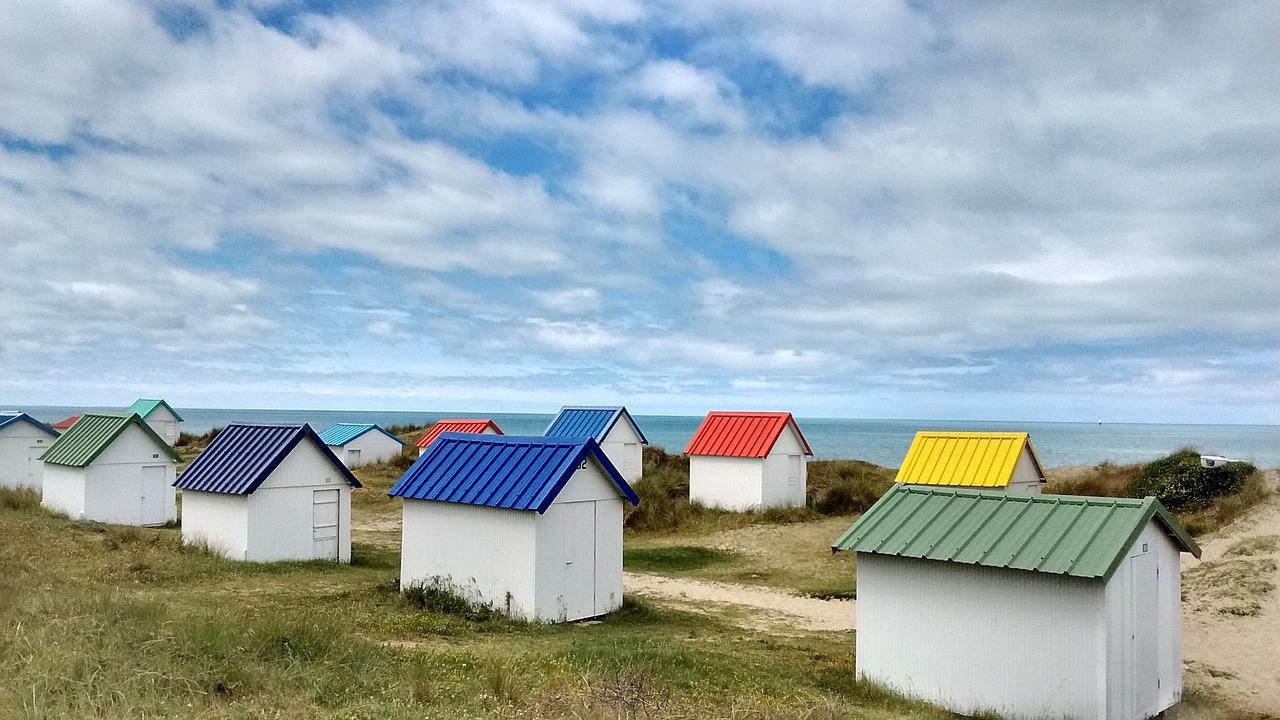
Benefits of Tiny House Communities
- A communal feeling with people who share at least one aspect of your lifestyle.
- The opportunity to share resources– anything from a cup of sugar to shared garden space.
- Shared skills: construction help, a friendly hand to watch the kids or the dog while you’re away running errands (and maybe picking up some items on a community member’s grocery list while you’re out).
- Shared knowledge: this is an ideal chance to learn Tiny Living tips from others who have been living Tiny longer than you have, or in different ways.
- Shared recreation: in a Tiny House community, you’ll usually have someone nearby with whom to share a cup of tea (or something stronger), toss a Frisbee, or start a book club.
Going Mobile
(fans of The Who, it’s time to sing along!)
One final option is to forgo the land question altogether and just keep moving. This one is for the nomads out there.
Some campgrounds offer monthly rates, which is a great way to explore the country and meet new people. This option also allows you to follow the weather of your choice, the most common pattern being to head further north in the summer and south in the winter, but that of course is a matter of personal preference.
